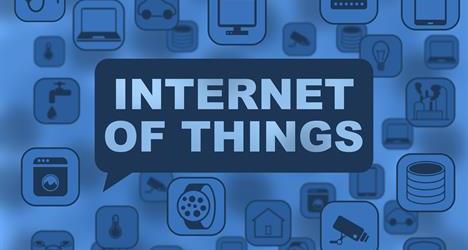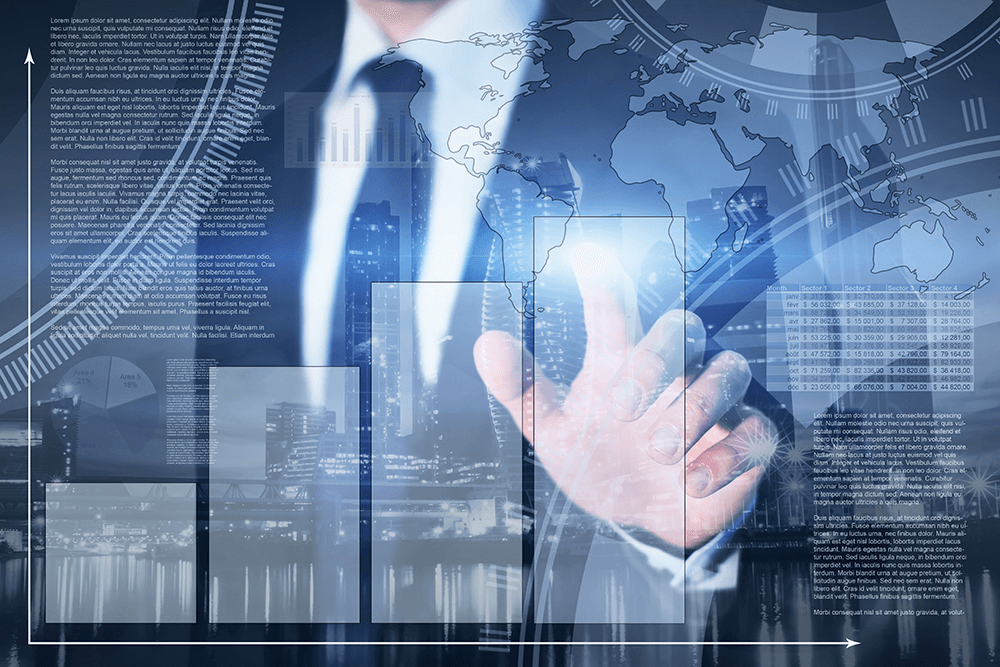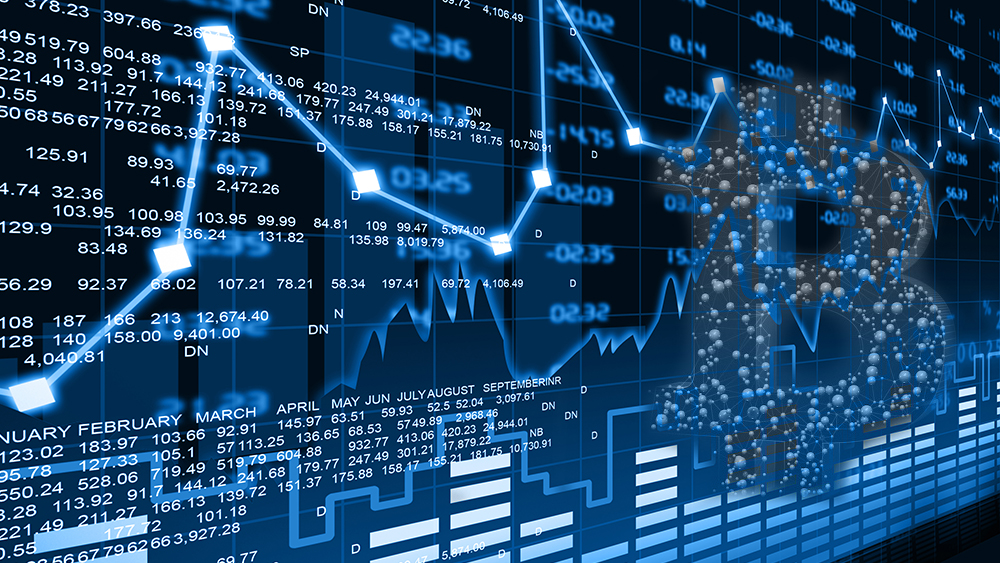
The Internet of Things
07 May 2023The “Internet of Things” (IoT) is opening up a new world of data interchange between devices, sensors, and applications, enabling businesses to monitor, in real time, the health and performance of products long after they leave the production premises. At the same time, enterprises now have access to valuable data—again, in real time if desired—on how customers are adopting products and services.
The most pronounced examples are coming out of the industrial sector, in which “streams of data will come from various sensors and devices —from jet engines to smart meters and oil wells,” said Prith Banerjee, managing director of global technology R&D at Accenture. Other examples of data-driven IoT initiatives, cited by Mark O’Neill, VP of innovation for Axway, include the realm of logistics, which supports tracking for shipments, as well as healthcare, with wearables, fitness tracking devices, and fitness applications.
The connected car may become one of the most ubiquitous examples of IoT within consumers’ everyday lives, O’Neill added, as “vehicles are increasingly expected to connect to the internet and to send data related to the status of their location, and to give customers the ability to control their cars via their mobile device.”
Benefits of IoT
To reap the benefits of IoT, “companies will need to excel at exploiting sensor-driven computing, industrial analytics, intelligent machine applications, and IoT security,” said Banerjee. “Jet engines, for example, can generate terabytes of data per flight. Those streams have to be fused along with external data such as weather in order to make sense out of it.” Jeff Healey, director of product marketing for HP Big Data Software, agreed, observing that “if exploited properly, this data—often dubbed machine or sensor data, and often seen as the next evolution in big data—can fuel a wide range of data-driven business process improvements across numerous industries.”
Optimized business efficiency is likely to be the earliest benefit seen from IoT implementations. “A sensor-enabled device can let you know when it isn’t working as it ought to be, leading to quicker and better service and improved uptime,” said Venkat Viswanathan, founder and chairman of LatentView Analytics. Going beyond efficiency, “IoT data can be used to gather insights for business advantage,” Viswanathan said. “NEST energy meters, for example, can tell when a family requires less heat for their homes—when they are away at work, perhaps. Better energy utilization is an obvious advantage. But an analysis of that data for a given region can provide advertisers more granular insights into peaks in television viewing for specific neighborhoods.”
.png)


Leave a Comment